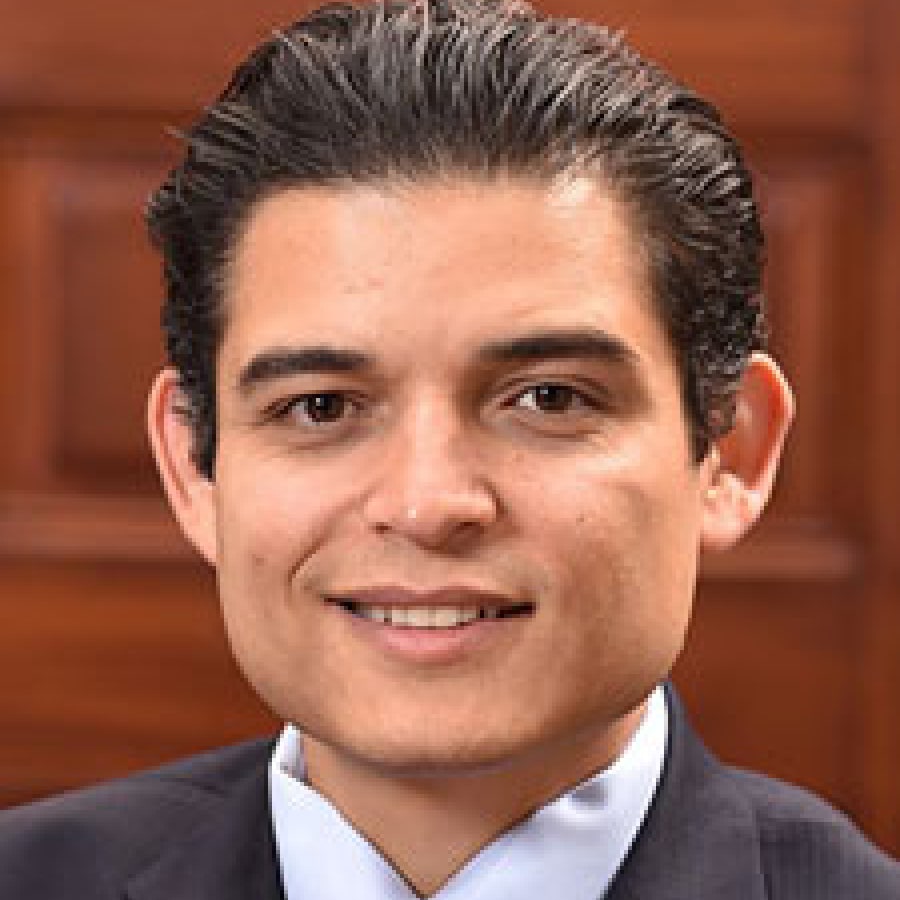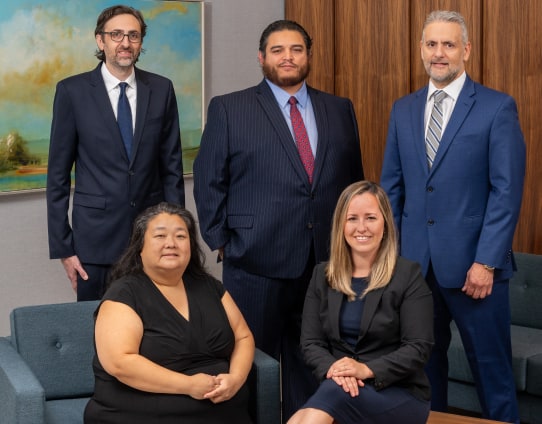What Is Pain & Suffering?
Don’t worry – you have not stumbled across a philosophy blog. In a personal injury lawsuit, the injured plaintiff is permitted to ask the jury or judge to award them both economic damages and non-economic damages. Economic damages are easy to quantify. An obvious example is medical bills.
If you paid $516 for an ambulance ride to the hospital and $2500 for an emergency room visit, then the $3,016 in bills are economic damages. It’s not so easy to put a value on non-economic damages. These non-economic damages are commonly referred to as “pain, suffering, and inconvenience.”
In a personal injury case, there is a good argument that if the jury finds you were injured and they want to pay your medical bills, then they must also find that you suffered from your injuries. And because you suffered, you are entitled to compensation above and beyond the medical bills.
One of the most interesting cases that supports this interpretation of the law is Bowers v. Sprouse, 254 Va. 428 (1997). In Bowers, the jury agreed that the plaintiff was injured due to the defendant’s negligence, but they awarded her exactly what she owed in medical bills. The judge found that this was an inadequate verdict. He reasoned that if the jury believed the plaintiff was injured, then the jury must also believe the plaintiff experienced pain and suffered from those injuries.
That case now stands for the proposition that if the jury awards you the precise amount in damages as what you are claiming in economic damages, then the verdict is inadequate as a matter of law. However, if the verdict is even one penny more or less than your exact economic damages, the verdict can stand as the jury has an absolute right to decide your level of suffering. In the example from our first paragraph, if you were awarded exactly $3,016, then your verdict would be inadequate as a matter of law.
So how can you prove to the jury or judge that you experienced pain and suffering? I generally tell my client that if they’re in front of a judge, the judge has probably heard many cases similar to their own. Even though their injury and suffering may be unique to them and important to them, it is our job to make the judge understand that. I like my clients to give the judge honest but colorful examples of important events or occurrences that they missed due to their injuries.
I usually ask clients to review the Virginia Model Jury Instruction for General Personal Injury. This jury instruction is almost always given to the jury to review when they are deliberating. You can review the jury instruction at the end of this post. In reviewing the jury instruction, note that you can not only claim for past damages but also for future damages if your injuries or problems are ongoing or permanent.
Now, there will come a time in the trial when my client is testifying as a witness. Then at some point, I will ask my client to please explain to the judge and the jury how this accident affected their life. This is the client’s opportunity to explain their non-economic damages, i.e. their pain, suffering, and inconvenience.
A mediocre witness will respond with generic, vague, and boring answers. For example, “I was hurt. I couldn’t do the dishes. I couldn’t get out of bed. I couldn’t do my laundry. I had to miss work to go to physical therapy.”
These are all examples that don’t particularly convey pain and suffering to the person or persons deciding your case. These are also statements that could be made by any plaintiff in any personal injury case or just by someone who got home tired from work.
A good witness will respond with an example of something special and specific to them that can catch someone’s attention.
I once had a Ghanaian client tell the judge that every Saturday, he and his friends would travel to a farm outside of the county and they would slaughter a couple of goats to bring the fresh meat back to their community. He then explained to the judge that after his injury, he could not do that for a period of several months, and it upset him to be unable to participate in this activity with his friends and community.
I believe this example was enough to convince the judge that my client had genuinely been affected by his injuries and that he had genuinely suffered. That client was given a verdict that awarded him almost three times what the insurance company had offered him to settle his case. But as I mentioned earlier, it is my job to make sure you are prepared for court, especially when it may have been months or even years since you were injured.
At our firm, I am always happy to meet with clients, and I look forward to making sure you can properly explain and describe how your injuries were a detriment to your life and negatively affected your every day.
Virginia Model Jury Instruction 9.000.
General Personal Injury & Property Damage
If you find your verdict for the plaintiff, then in determining the damages to which they are entitled, you shall consider any of the following, which you believe by the greater weight of the evidence was caused by the negligence of the defendant:
(1) any bodily injuries they sustained and the effect on their health according to their degree and probable duration;
(2) any physical pain [and mental anguish] they suffered in the past [and any that they may be reasonably expected to suffer in the future];
(3) any disfigurement or deformity and any associated humiliation or embarrassment;
(4) any inconvenience caused in the past [and any that probably will be caused in the future];
(5) any medical expenses incurred in the past [and any that may be reasonably expected to occur in the future];
(6) any earnings they lost because they were unable to work at their calling;
(7) any loss of earnings and lessening of earning capacity, or either, that they may reasonably be expected to sustain in the future;
(8) any property damage they sustained. Your verdict shall be for such sum as will fully and fairly compensate the plaintiff for the damages sustained as a result of the defendant’s negligence.



